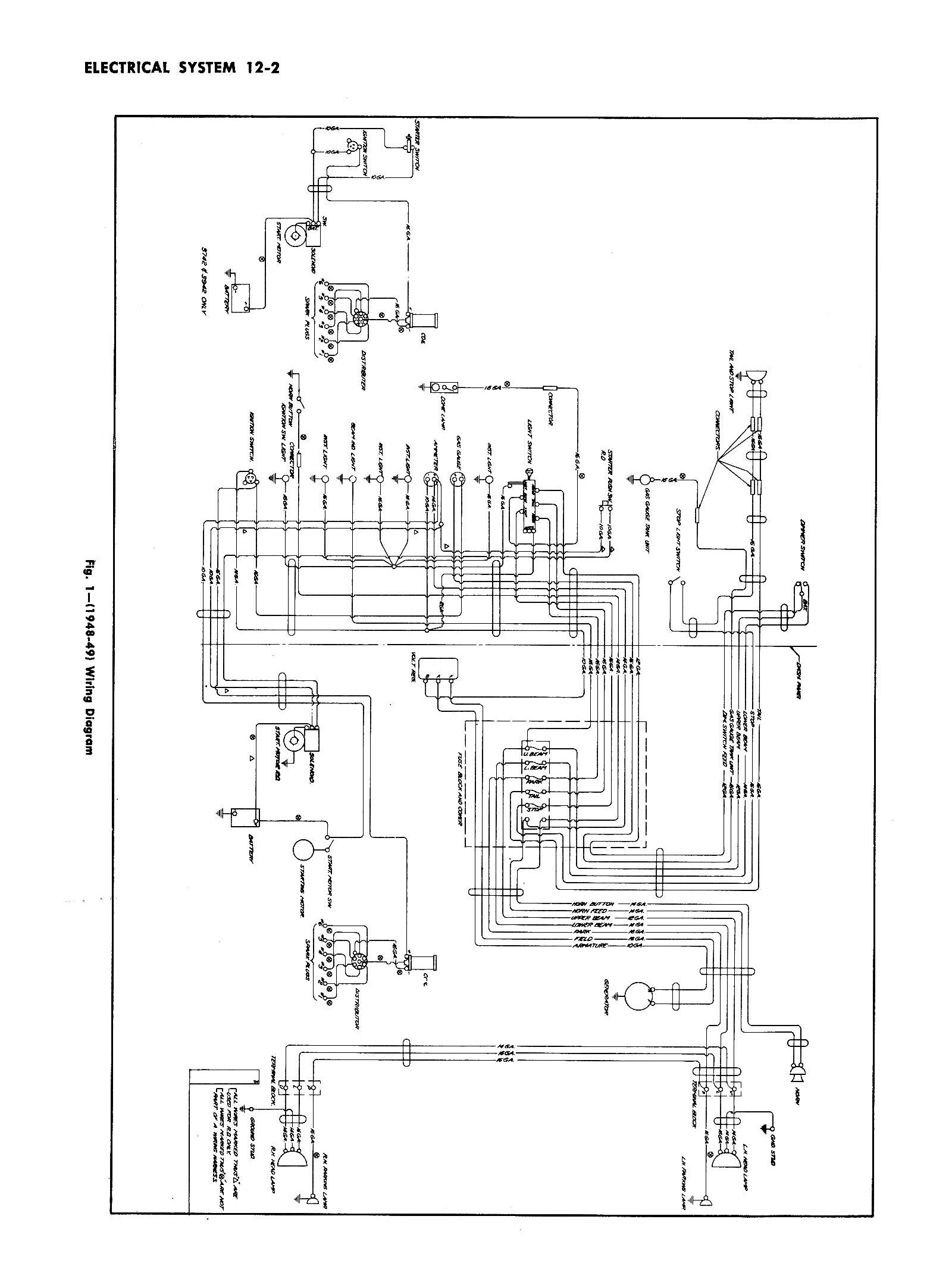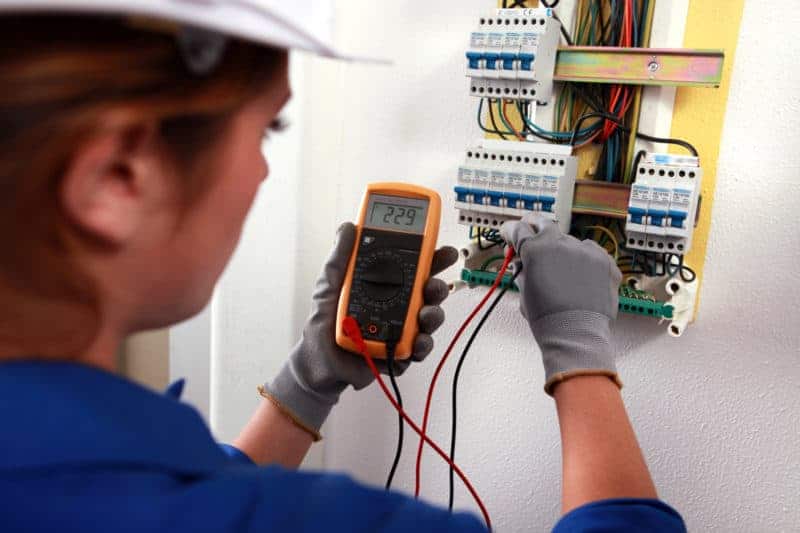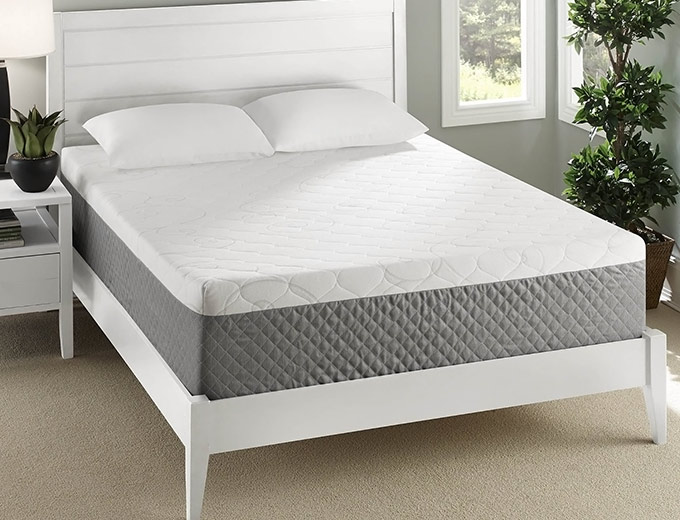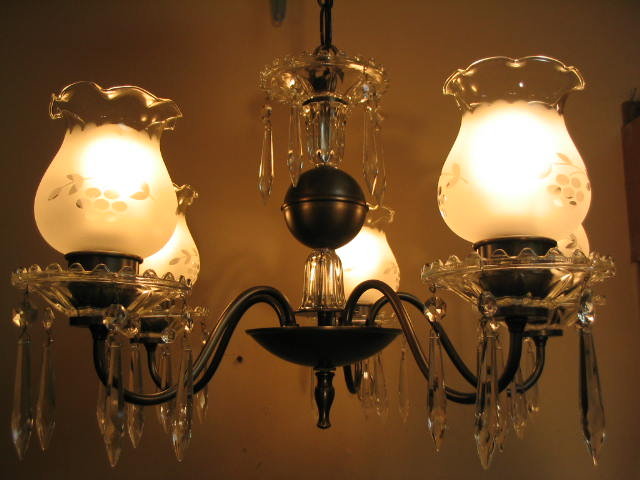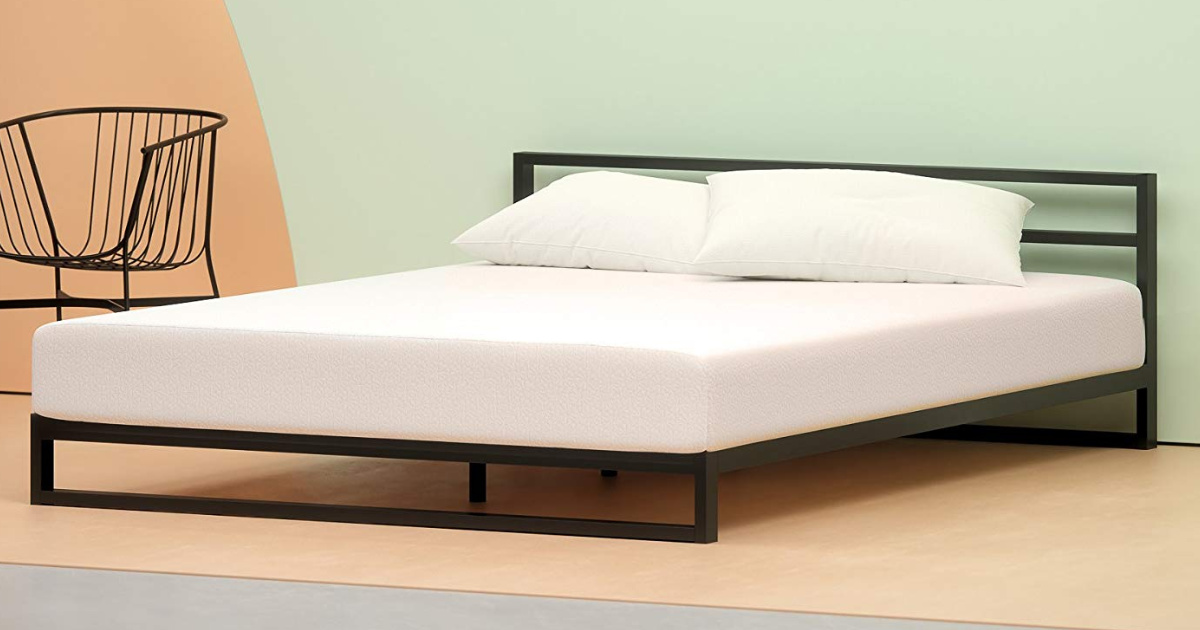If your kitchen light suddenly stops working and you can't figure out why, the first thing you should check is the circuit breaker. The circuit breaker is a safety device that protects your home's electrical system from overloading. If it trips, it will cut off power to the affected area, including your kitchen light. Look for the circuit breaker panel in your home, which is usually located in the basement, garage, or utility room. Check if any of the switches are in the "off" position or if there are any that have tripped. If you find one, flip it back on and see if your kitchen light now has power.Check the circuit breaker
Another possible reason why your kitchen light has no power is a faulty light switch. Over time, light switches can wear out and stop functioning properly. To check if this is the case, first, turn off the power to the light switch at the circuit breaker. Then, remove the switch cover and carefully inspect the switch for any signs of damage or wear. If everything looks fine, use a voltage tester to check if there is any power coming to the switch. If there is, then the switch may be the culprit and will need to be replaced.Check the light switch
It may seem obvious, but sometimes the reason why your kitchen light is not working is because the light bulb has burned out. Before you start troubleshooting other potential causes, make sure to check the light bulb. To do this, first, turn off the power to the light at the circuit breaker. Then, carefully remove the light bulb and inspect it for any signs of damage or a burnt-out filament. If the bulb looks fine, try replacing it with a new one to see if that solves the problem.Check the light bulb
If your kitchen light still has no power after checking the circuit breaker, light switch, and light bulb, the next thing to check is the wiring. Over time, wiring can become loose or damaged, causing electrical issues. Turn off the power to the light at the circuit breaker and carefully inspect the wiring for any signs of wear, damage, or loose connections. If you are not comfortable with working with wiring, it is best to call a professional electrician to handle the issue.Check the wiring
If your kitchen light is plugged into an outlet, it is possible that the outlet itself is the problem. First, turn off the power to the outlet at the circuit breaker. Then, carefully inspect the outlet for any signs of damage or loose connections. If everything looks fine, use a voltage tester to check if there is any power coming to the outlet. If there is no power, the outlet may need to be replaced.Check the outlet
If your kitchen light is plugged into a GFCI outlet, it is important to check if the GFCI has tripped. A GFCI outlet is a type of outlet that is designed to protect against electrical shock. If it senses an imbalance in the electrical current, it will trip and cut off power to the outlet. To check if the GFCI has tripped, press the "reset" button on the outlet. If it clicks and stays in, then the GFCI has tripped and needs to be reset. If it won't reset or keeps tripping, it may need to be replaced.Check the GFCI outlet
If none of the above solutions have worked, it is possible that the issue lies with the light fixture itself. Turn off the power to the light at the circuit breaker and carefully inspect the fixture for any signs of damage or loose connections. If everything looks fine, use a voltage tester to check if there is any power coming to the fixture. If there is no power, the fixture may need to be replaced.Check the light fixture
If your kitchen light is not working, it is also worth checking the light socket. Over time, light sockets can become damaged or corroded, preventing the light bulb from making proper contact. To check the light socket, first, turn off the power at the circuit breaker. Then, carefully inspect the socket for any signs of damage or corrosion. If everything looks fine, use a voltage tester to check if there is any power coming to the socket. If there is no power, the socket may need to be replaced.Check the light socket
If your kitchen light is controlled by a switch with multiple wires connected to it, it is possible that the wiring has become loose or damaged. First, turn off the power to the switch at the circuit breaker. Then, carefully inspect the wiring for any signs of wear or loose connections. If everything looks fine, use a voltage tester to check if there is any power coming to the switch. If there is no power, the wiring may need to be replaced or repaired.Check the light switch wiring
If none of the above solutions have worked and you are still unable to get power to your kitchen light, the issue may be with your home's electrical panel. Over time, electrical panels can become overloaded, causing issues with the electrical system. If you suspect this may be the case, it is best to call a professional electrician to inspect and potentially upgrade your electrical panel. In conclusion, if your kitchen light is not getting any power, there are several potential causes to consider. By checking the circuit breaker, light switch, light bulb, wiring, outlet, GFCI outlet, light fixture, light socket, light switch wiring, and electrical panel, you should be able to identify and resolve the issue. If you are not comfortable working with electricity, it is always best to call a professional for assistance. By taking care of the issue promptly, you can get your kitchen light back up and running in no time.Check the electrical panel
The Importance of Proper Lighting in Kitchen Design
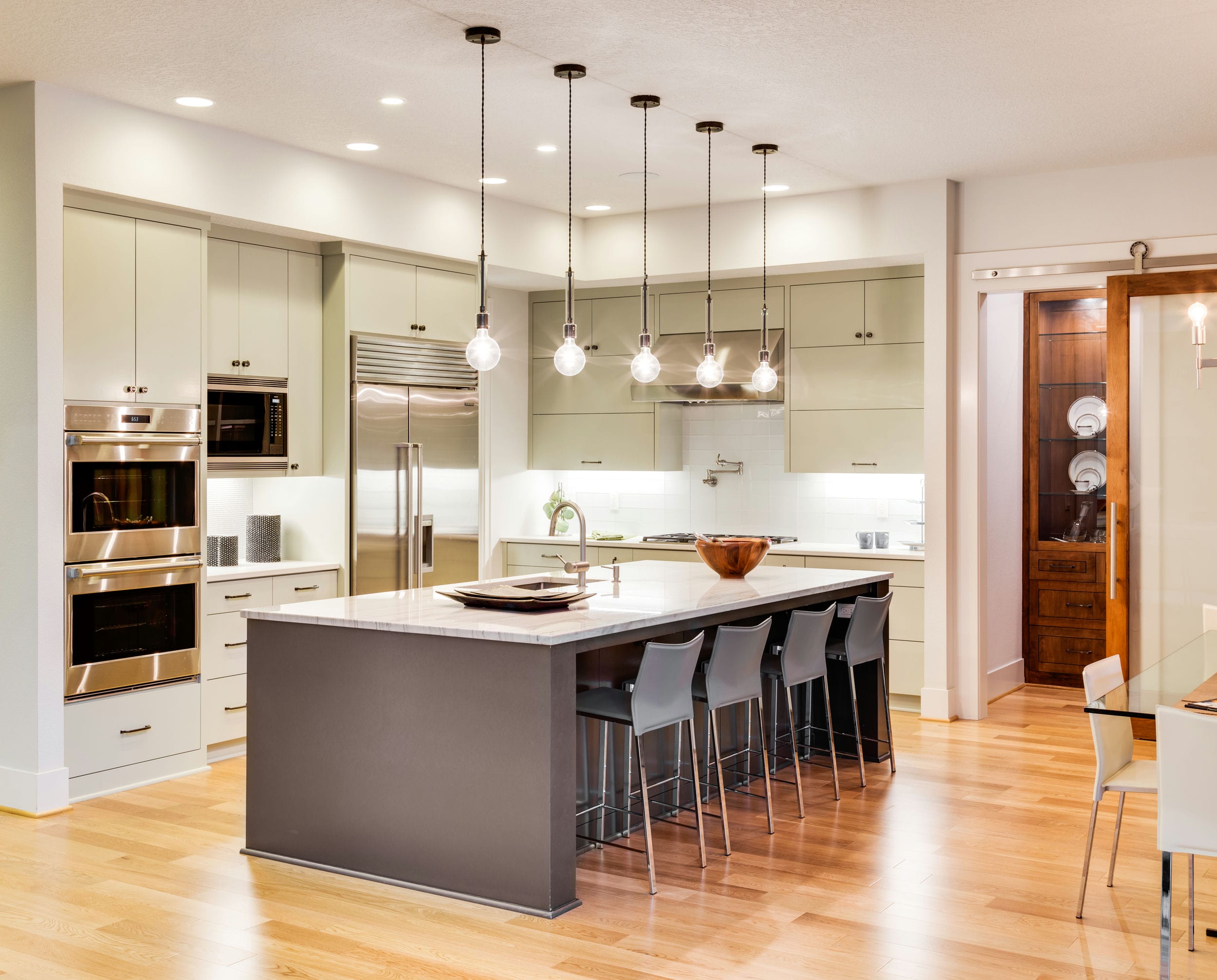
Why a Kitchen Light Not Getting Power is a Major Issue
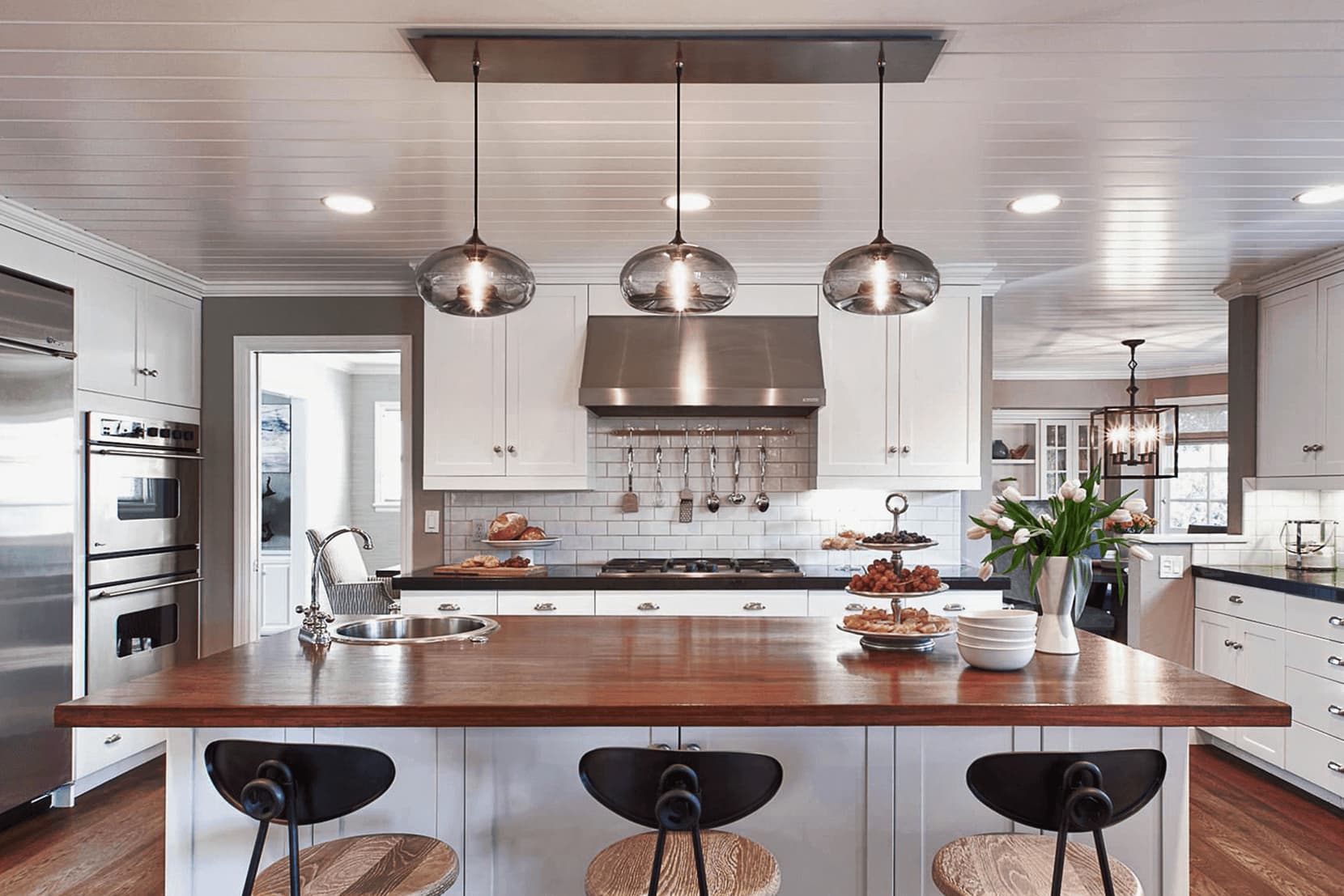 When it comes to designing a house, the kitchen is often considered the heart of the home. It is where meals are prepared, family gatherings take place, and memories are made. However, a poorly lit kitchen can greatly affect the functionality and overall aesthetic of the space. This is why it is essential to address any issues with kitchen lighting, such as a
light not getting power
, as soon as possible.
One of the main reasons a kitchen light may not be receiving power is due to faulty wiring or electrical issues. This can be a safety hazard and should be addressed immediately by a professional electrician. Not only can faulty wiring lead to potential fires, but it can also cause damage to appliances and other electronic devices in the kitchen. Therefore, it is crucial to regularly inspect and maintain the electrical components in your kitchen to ensure the safety of your household.
In addition to safety concerns, a kitchen light not receiving power can greatly affect the functionality of the space. The kitchen is where most food preparation and cooking takes place, requiring proper lighting to ensure the tasks are done efficiently and safely. A lack of light can make it difficult to see while chopping vegetables or reading recipes, leading to potential accidents. It can also make the kitchen feel smaller and more cramped, hindering the overall cooking experience.
Moreover, proper lighting plays a significant role in the overall design of a kitchen. It can enhance the aesthetics of the space and create a welcoming and cozy atmosphere. This is especially important for kitchens that have limited natural light sources. A well-lit kitchen can make it feel more open and inviting, making it a more enjoyable space for cooking and entertaining.
In conclusion, a kitchen light not receiving power may seem like a minor issue, but it can have significant implications on the safety, functionality, and design of your kitchen. It is essential to address any electrical issues promptly and to invest in proper lighting to create a functional and aesthetically pleasing space. Remember, a well-designed kitchen can add value to your home and make it a more enjoyable place for you and your family.
When it comes to designing a house, the kitchen is often considered the heart of the home. It is where meals are prepared, family gatherings take place, and memories are made. However, a poorly lit kitchen can greatly affect the functionality and overall aesthetic of the space. This is why it is essential to address any issues with kitchen lighting, such as a
light not getting power
, as soon as possible.
One of the main reasons a kitchen light may not be receiving power is due to faulty wiring or electrical issues. This can be a safety hazard and should be addressed immediately by a professional electrician. Not only can faulty wiring lead to potential fires, but it can also cause damage to appliances and other electronic devices in the kitchen. Therefore, it is crucial to regularly inspect and maintain the electrical components in your kitchen to ensure the safety of your household.
In addition to safety concerns, a kitchen light not receiving power can greatly affect the functionality of the space. The kitchen is where most food preparation and cooking takes place, requiring proper lighting to ensure the tasks are done efficiently and safely. A lack of light can make it difficult to see while chopping vegetables or reading recipes, leading to potential accidents. It can also make the kitchen feel smaller and more cramped, hindering the overall cooking experience.
Moreover, proper lighting plays a significant role in the overall design of a kitchen. It can enhance the aesthetics of the space and create a welcoming and cozy atmosphere. This is especially important for kitchens that have limited natural light sources. A well-lit kitchen can make it feel more open and inviting, making it a more enjoyable space for cooking and entertaining.
In conclusion, a kitchen light not receiving power may seem like a minor issue, but it can have significant implications on the safety, functionality, and design of your kitchen. It is essential to address any electrical issues promptly and to invest in proper lighting to create a functional and aesthetically pleasing space. Remember, a well-designed kitchen can add value to your home and make it a more enjoyable place for you and your family.








:max_bytes(150000):strip_icc()/circuit-breakers-how-to-reset-a-circuit-breaker-1152756-hero-e69fdfecd2d64a06800fa0f77089c98f.jpg)














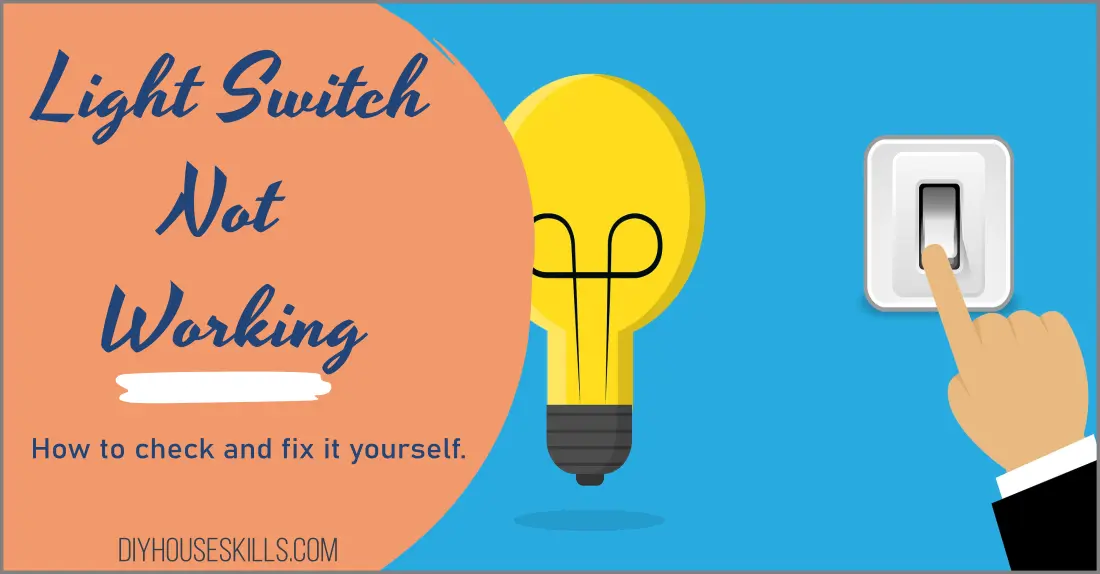















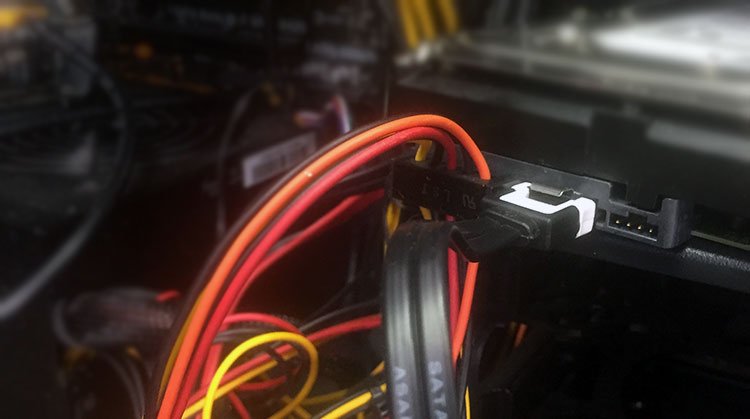







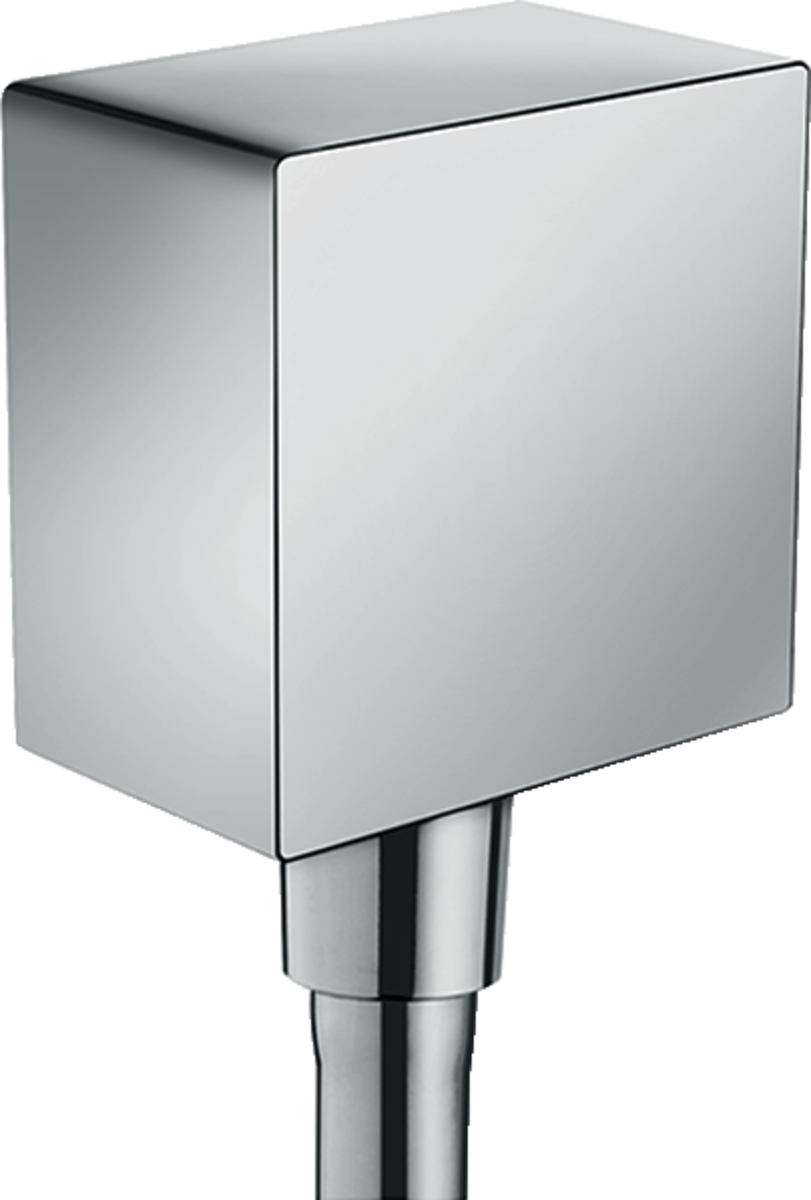


:strip_icc()/removed-outlet-voltage-test-77726753-773f780dcaf3473eb22d1c1802467f8e.jpg)
:max_bytes(150000):strip_icc()/testing-receptacles-for-grounding-1152807-08-8f2657b3539643e88791ebb13c854d72.jpg)








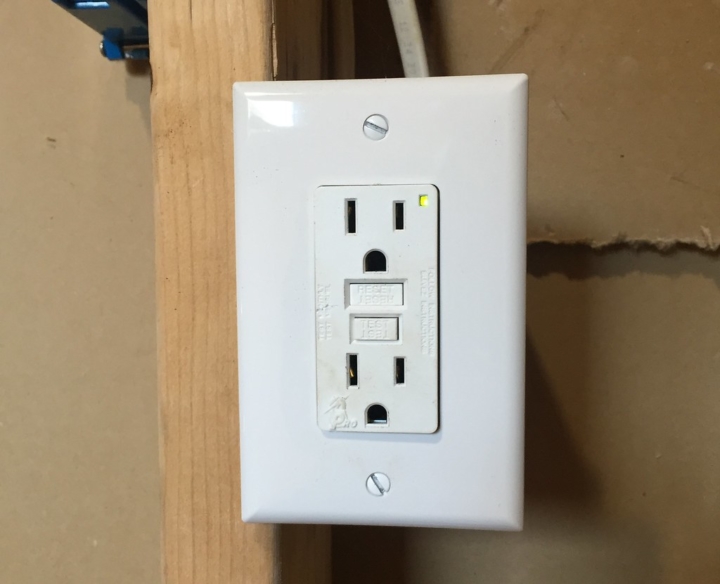
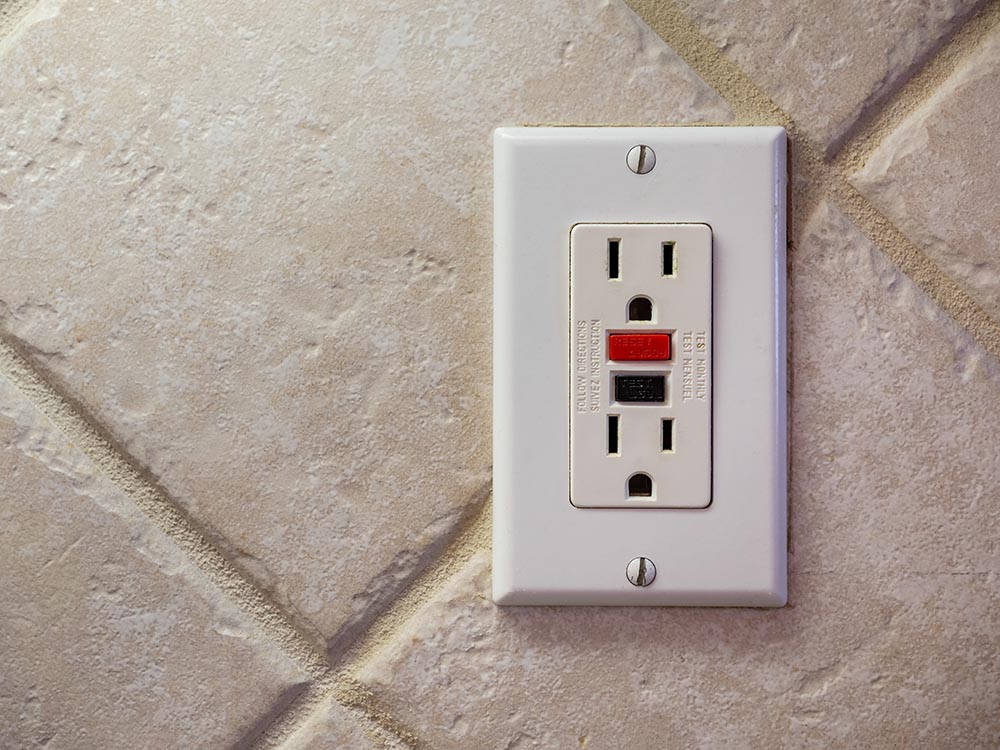











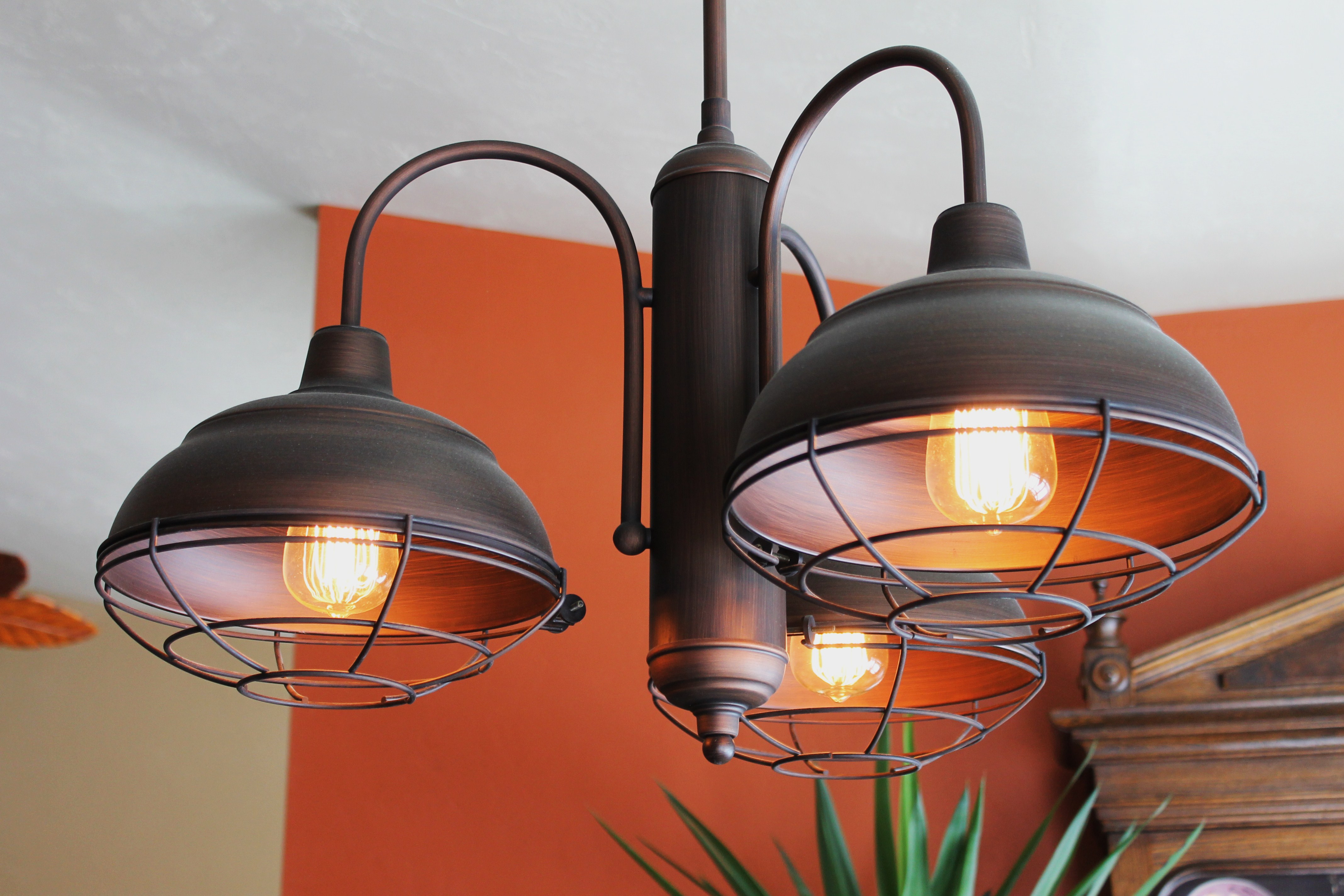










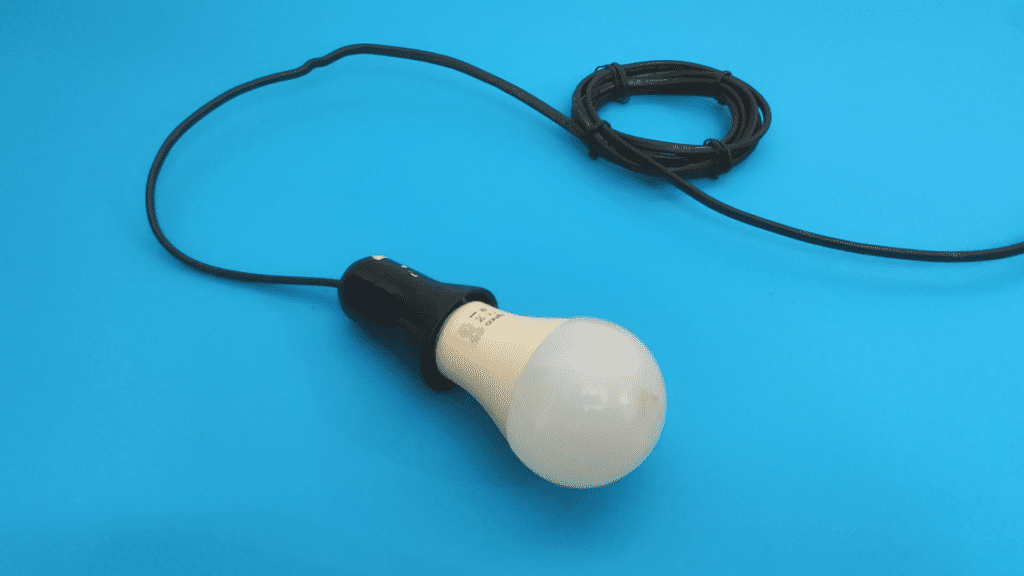

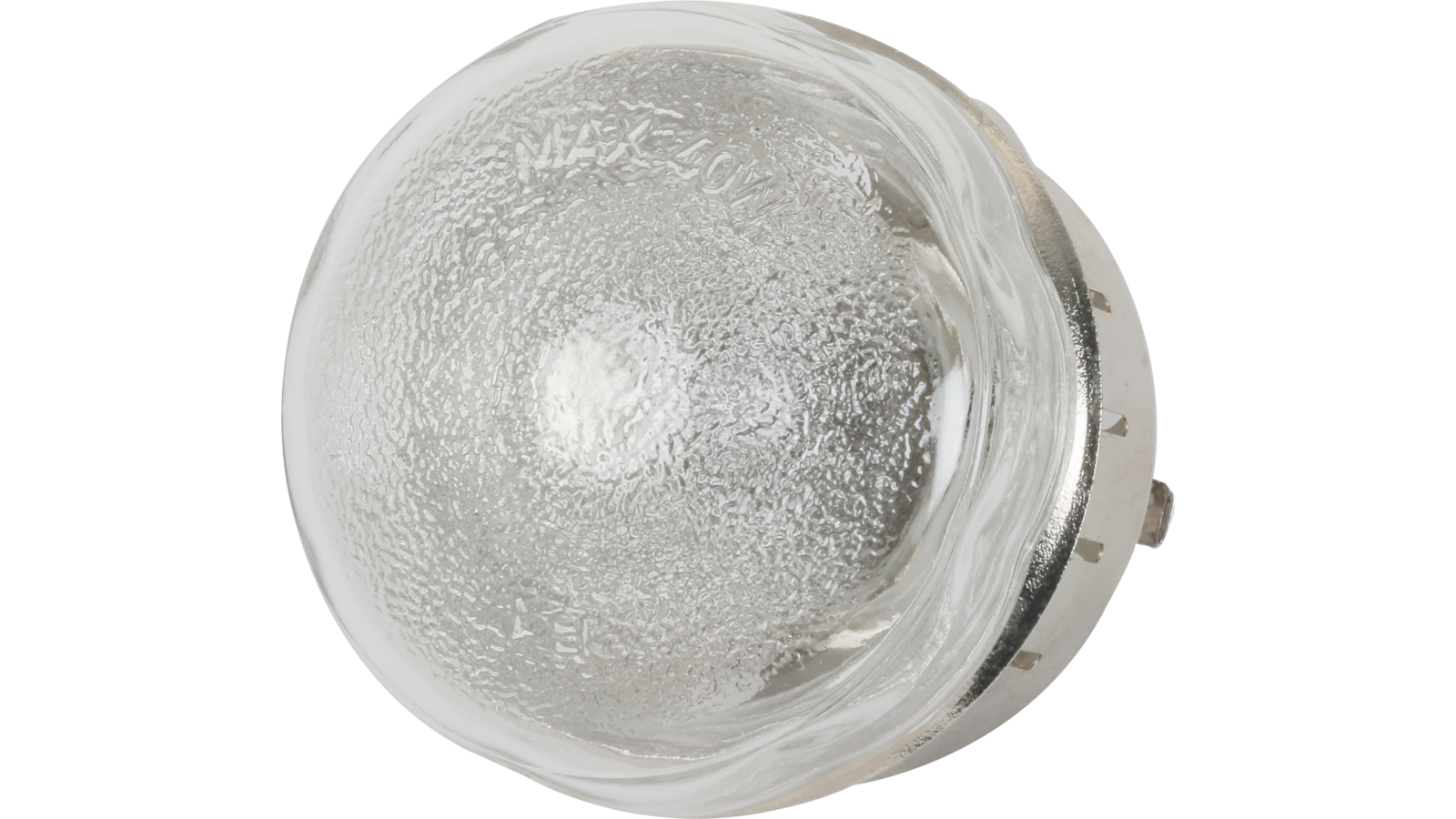


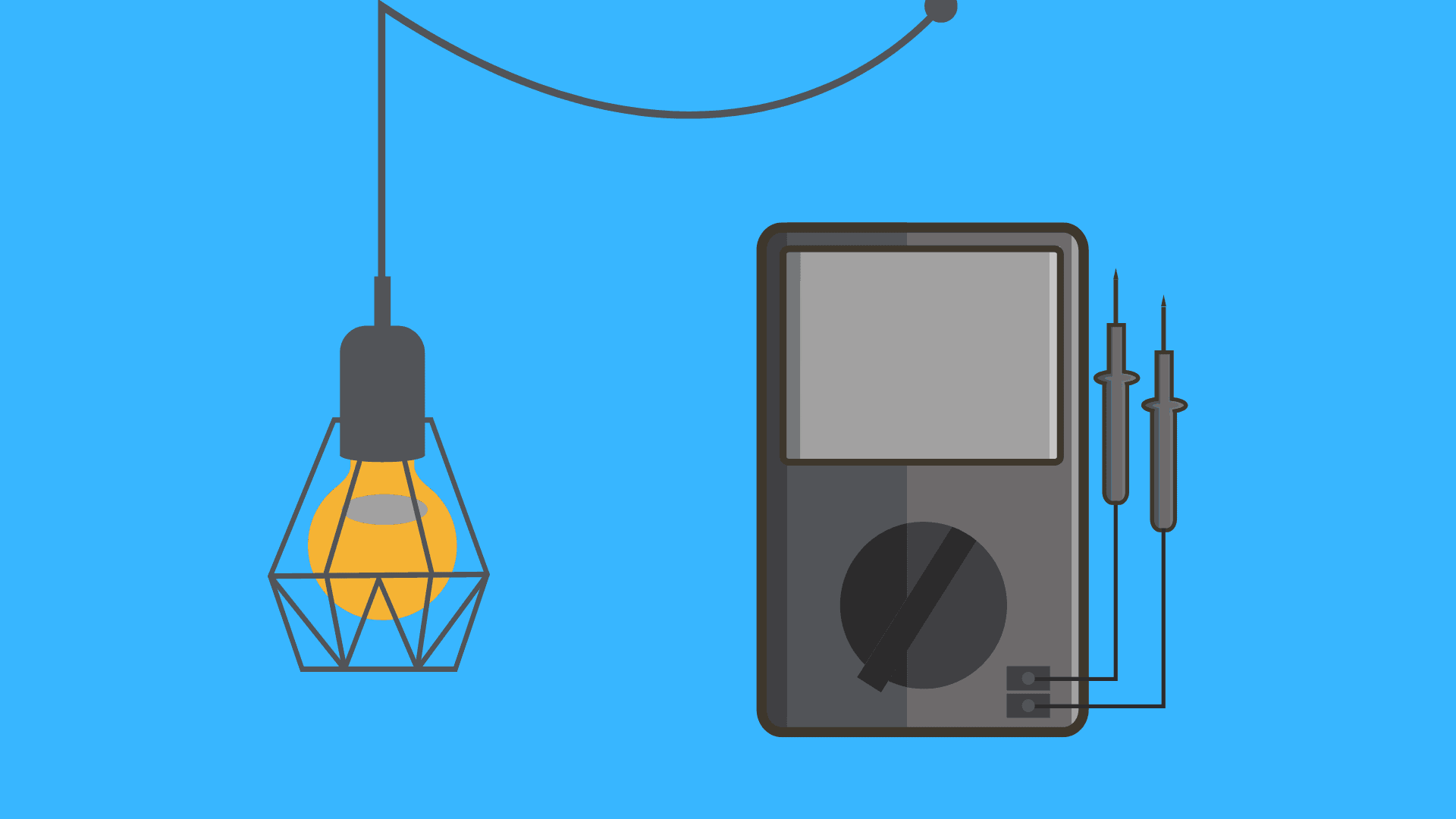
/troubleshooting-light-bulb-sockets-2175027-hero-2c1449d767414000b5717f49099b43e6.jpg)


